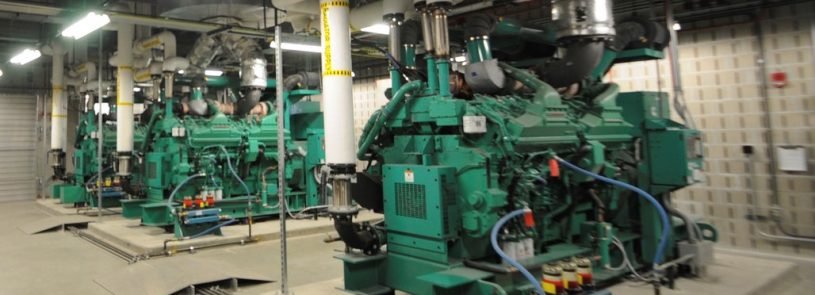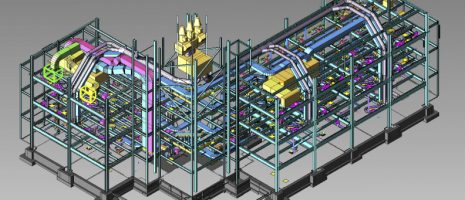4 key areas of MEP resilience reduce healthcare facility risk during a natural disaster

Third in a series of excerpts from the IMEG executive guide, “The Importance of Healthcare Resiliency: Preparing Your Hospital for a Crisis.”
By Eric Vandenbroucke
When a natural disaster strikes a community, your hospital can serve as a beacon of safety – but only if the facility’s vital systems have not been compromised. Without adequate power, ventilation and water, your hospital quickly loses its ability to provide service and safety to patients and staff.
To ensure your facility can remain operational during such an event, the mechanical, electrical, and plumbing (MEP) infrastructure needs to be sufficiently protected and hardened. The first step toward increasing this resiliency is to determine what level of continuity your systems will need to maintain in the event of a disaster. Next, consider the types of threats your systems may encounter and what vulnerabilities they would face against those threats.
While your best course of action is to have an MEP engineer thoroughly assess your facility’s risks and gaps, the following provides a high-level preview of the four main risk areas of concern.
Location, routing, and bracing of infrastructure
While it might initially seem to be a good idea to have electrical equipment and emergency power infrastructure located in non-premium space, locating them in the lowest level of a building increases the risk of flood damage, especially if your hospital is in a floodplain or your building is at or below sea level. During the planning stages, one of the simplest steps you can take to reduce the risk of flooding affecting your MEP systems is to locate critical equipment on higher levels.
Routing of critical infrastructure such as emergency power, chilled water, and steam through a campus is typically supported from trestles, tunnels, and through nonessential and older buildings. It is critical that the physical infrastructure supporting these major MEP components be designed to the same high classification as the healthcare areas they serve farther down the route to ensure their performance after an event.
Another aspect to consider with the major MEP infrastructure is the seismic bracing and expansion (flexible) joints of trestles and tunnels from the central utility plant to the various critical points of use.
Hardness of systems
Hardness refers to the process of reinforcing individual systems within your hospital to make them more resilient against disaster. For example, during the planning stages of the Advocate Summit Hospital in Wisconsin, it was decided to locate the central utility plant 500 feet away from the hospital, connected with a utility tunnel. One of the main drivers for segregating the central utility plant from the main hospital was to hedge against a disaster impacting both locations simultaneously. The remote plant also allowed for the space to house underground fuel storage to allow the generators to run for 96 hours.
Redundancy
Baseline redundancy for critical infrastructure items such as boilers, medical gas, and power are required by code for healthcare facilities, but additional redundancy should be a key consideration when evaluating the resiliency of your MEP systems. For instance, assume your building load is 1,000 tons of cooling and you have two 500-ton chillers. If one chiller breaks down or is compromised, your facility will only have 50 percent of the required cooling capacity available.
Though this example is specific to water chillers, the importance of having redundancies and back-up plans can be applied to all necessary systems and processes in your hospital.
Potable water
Other than pallets of bottled water, it’s rare for hospitals to store water. This can lead to significant problems if something interrupts the water supply. How will you flush toilets or wash and sterilize equipment? How much drinking water will you need over a certain time period?
To answer these questions, first determine how much water usage you truly have at your facility. A week’s worth of water might not be as much as you think. Once you understand your usage, you can make an informed decision of how much water you’ll need in an emergency. While on-site water storage is the best solution to this potential problem, you can also contract with a pumper truck to be available in emergencies.
To learn more about this topic, read the IMEG executive guide, “The Importance of Healthcare Resiliency: Preparing Your Hospital for a Crisis.” For summaries of other topics in the guide, read:
- Resilience in healthcare: Five key areas for reducing risk during a disaster
- 3 questions to help define the structural integrity of your hospital
- Enhance hospital security through CPTED principles
- Prepare for mass casualty events and infectious outbreaks
- Improve healthcare cyber security with holistic approach to technology design
- Bonus: 10 key areas for hospital disaster preparedness












